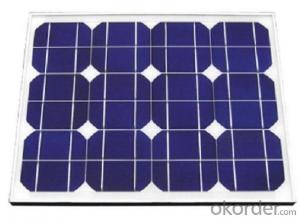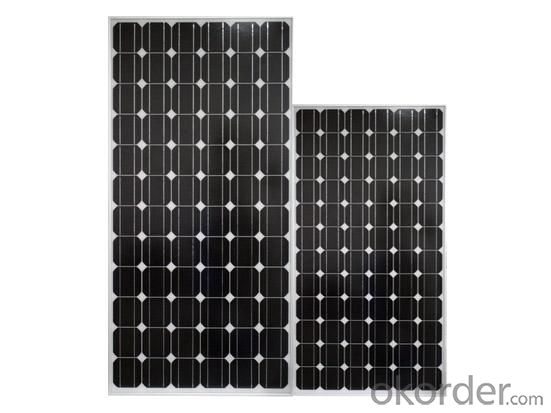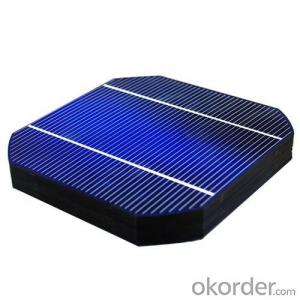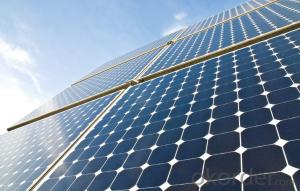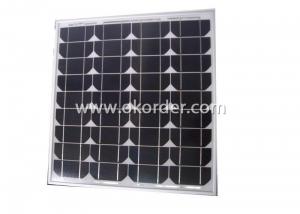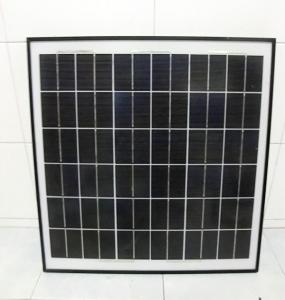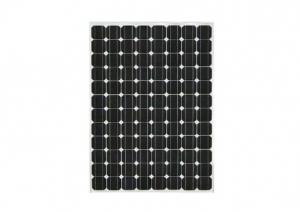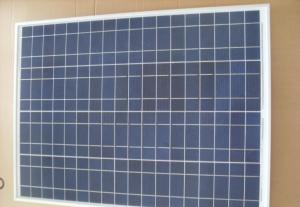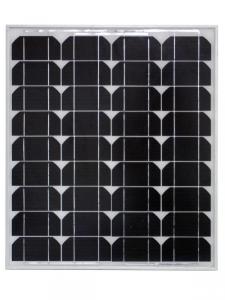25w18v High Quality Monocrystalline Silicon Solar Panels Price - Hot Sales
- Loading Port:
- China main port
- Payment Terms:
- TT OR LC
- Min Order Qty:
- 500 watt
- Supply Capability:
- 100000 watt/month
OKorder Service Pledge
OKorder Financial Service
You Might Also Like
Structure
20W18V Mono Solar Panel,High Quality,Hot Sales
We are focus on 1w -100W solar modules with high quality and best price.
Mechanical Characteristics
Frame (Material, Comers, etc.) | Anodized Aluminium | ||
Front side | Glass | ||
Front glass thickness | 3.2mm | ||
Encapsulate | EVA | ||
Back side | TPT | ||
Junction box | IP65 | ||
MOQ: No.
Dlivery time: 5 days after deposit for small number, for large number, we will check and give exact reply Payment: 100% TT for small quantity; legal way is 30% deposit + 70% balance before shipment
Model:PS-20M-18V
size: 480*357*25mm or as required
Feature
Pure Sine Wave Output;
High performance Maximum Power Point Tracking(MPPT);
Power Automatically Locked(APL);
Reverse power transmission;
High-Frequency High Conversion Rate;
Anti-Islanding Protect;
Input /output is fully isolated to protect the electrical safety;
Multiple parallel stacking;
The Leading Patent Technology;
IP65 WaterProof;
Flexible Installation;
Simplify maintenance (user serviceable)
High Efficiency & Best Cost-Effectiveness
Image

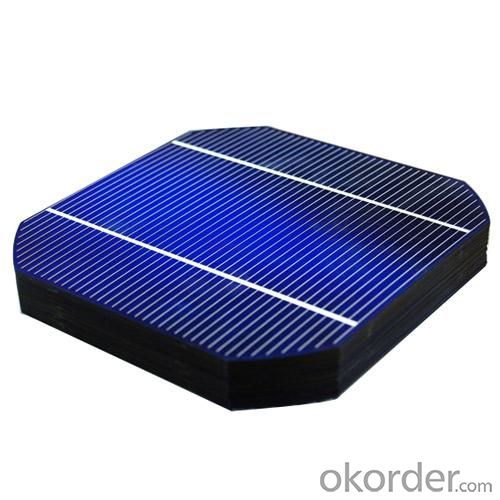
Specification
Model | PS-20M -18V |
Crystalline type | monocrystalline |
Maximum power (Wp) | 20 |
Maximum power voltage (V) | 17.2 |
Maximum power current (A) | 1.18 |
Open circuit voltage (V) | 21.4 |
Short circuit current (A) | 1.30 |
Number of cells (Pcs) | 36 |
Size of module (mm) | 475*350*25mm or as required |
Maximum system voltage (V) | 715 |
Temperature Range | -40~+85 C |
Surface Maximum Load Capacity | 60m/s(200kg/sq.m) |
Allowable Hail Load | steel ball fall down from 1m height |
Weight per piece (kg) | 1.8 |
Length of Cables (mm) | 300 |
Cell Efficiency (%) | >17.6% |
Module Efficiency (%) | >12% |
Output tolerance (%) | +/-5% |
Frame (Material, Corners, etc.) | Aluminum |
Standard Test Conditions | AM1.5 1000W/m2 25 |
FF (%) | 72% |
Warranty | 2 years product warranty and 25 years 80% of power |
FAQ
Can we visit your factory?
Surely, I will arrange the trip basing on your business schedule.
Can you do OEM for us?
Yes, we can.
How do you pack your products?
We have rich experience on how to pack the panels to make sure the safety on shipment when it arrives at the destination.
Can you help us install the module if we cooperate with you?
We haven’t entered into installation sector, but we have the plan in near future.
- Q: My house is aligned exactly North-South, so I have no roof facing South. Is it worth installing solar panels? Are there any good options for dealing with this situation?
- Several options: The panels could be mounted on the ground. We mount panels on a roof because they are out of the way but it is not the best choice. The highest output (and most expensive) choice is to mount the panels on the ground fixed in a heliostat (sun tracking mechanism) Far better if the panels are on the ground where they can be more easily cleaned to promote top efficiency. If you have the room they can be mounted in an angled array. Panels can be mounted on the side of a house or on the roof using racks to position the panels properly. We usually say that if we can get the panels within 5 degrees of due south it is sufficient. You could even mount the panels flat onto the side of a house and use mirror mounted heliostats to reflect sunlight to them. All of these options will be more expensive than a perfectly oriented home. There are also other alternatives for producing electricity, conserving electricity through energy savings, or production of other forms of energy that offsets electrical usage. A site survey is the best way to determine this.
- Q: How do solar panel power systems work?
- The panels soak up the energy from the sun and then convert the energy into power, electricity, etc. They can also store a lot of energy so that we still have power on cloudy days. Does that help? Without more info, its hard to get more specific.
- Q: we are trying to reduce a solar panel from 9 volts to 3 volts. What do we need to make this work...
- Solar panels generate DC power. Changing DC voltage is hard, which is why the power grid is AC voltage. AC voltage can easily be changed with a transformer. To keep the DC power (watts) the same at a lower voltage you need a DC to DC converter. That basically changes the power to AC with an inverter, changes the AC voltage to the new value, then rectifies it back to DC. It is probably hard to find a commercial unit that handles those voltages and then it will be expensive. But I have a simple solution in the special case of a solar panel. Solar panels are made up of smaller solar cells. The basic solar cell has a very low voltage, like half a volt. The panel has many of them connected in series to make a higher voltage. Just cover (shade) some of them and the voltage generated by the panel will be less. Of course that reduces the power. And you may need to experiment with shading different parts of the panel and measuring the result with volt meter.
- Q: Can solar panels be installed on convention centers or event venues?
- Yes, solar panels can be installed on convention centers or event venues. In fact, many convention centers and event venues have already started adopting solar energy systems to reduce their environmental impact and save on energy costs. The large rooftop spaces available in these venues provide ample opportunity for installing solar panels and generating clean, renewable electricity.
- Q: Can solar panels be used in areas with limited sunlight?
- Yes, solar panels can still be used in areas with limited sunlight. While solar panels are most effective in areas with abundant sunlight, advancements in technology have made it possible to generate some amount of electricity even in areas with limited sunlight. Additionally, solar panels can still be viable in these areas if combined with energy storage solutions or connected to the grid, allowing for a more reliable and consistent electricity supply.
- Q: Do solar panels require regular maintenance?
- Yes, solar panels do require regular maintenance. This includes cleaning the panels to remove dust and debris, checking for any damage or defects, and ensuring proper functioning of the system. Regular maintenance helps to maximize the efficiency and lifespan of solar panels.
- Q: I thought that I had a fairly good understanding of watt's law, but i'm starting to doubt myself.If I have a load of 4500watts at 240 volts, how many watts of solar panels do I need, if the solar panels are at 2v?Yes, Yes... I have a charge controller, batteries, etc...So the way I looked at this at first:watts = volts * amps For the load4500 = 240 * xx would be 8.75aFor the power source (each solar panel)00 = 2 * xx would be 8.3a8.75 / 8.3 = 2.25, rounded up = 3So... based on that I came to the conclusion that I needed 3 solar panels...But... then I was thinking. Does it work that way?Or do I need 4500 / 00 = 45, aka 45 solar panels?In other words...If I have a 2v power source, how many watts do I need to drive a load of 4500w at 240v?ThanksMatt
- You okorder / Solar Pro Magazine another of their publications
- Q: I'm making a model of a solar photovoltaic tower for a school project. I need a way to store energy, and we thought about using capacitors (mainly because of our somewhat limited funding). The tower will have a small photovoltaic panel (around the size of a laptop keyboard with number pad) and some (around 50) quot;heliostats(just the mirrors, no moving parts). What kind of capacitors should i use? and would a capacitor bank be better? i am getting confused with all those uF, pF and can't see the difference.Thanx in advance
- Solar Capacitor
- Q: Can solar panels be installed on a museum or cultural institution?
- Yes, solar panels can be installed on a museum or cultural institution. Many museums and cultural institutions have embraced solar energy as a sustainable and environmentally-friendly solution for their energy needs. Installing solar panels not only helps reduce their carbon footprint but also saves on electricity costs in the long run.
Send your message to us
25w18v High Quality Monocrystalline Silicon Solar Panels Price - Hot Sales
- Loading Port:
- China main port
- Payment Terms:
- TT OR LC
- Min Order Qty:
- 500 watt
- Supply Capability:
- 100000 watt/month
OKorder Service Pledge
OKorder Financial Service
Similar products
Hot products
Hot Searches
